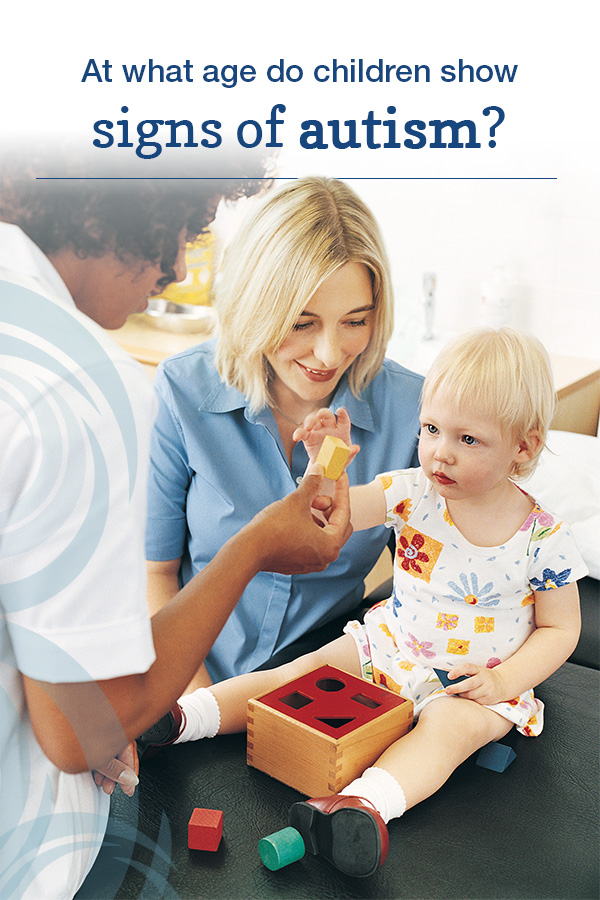 Los síntomas conductuales del trastorno del espectro autista (ASD) suelen aparecer en una etapa temprana del desarrollo.1 Muchos niños muestran síntomas de autismo para los 12 a 18 meses de edad o antes.2,3 Algunos de los síntomas tempranos de autismo son:4,5,6
Los síntomas conductuales del trastorno del espectro autista (ASD) suelen aparecer en una etapa temprana del desarrollo.1 Muchos niños muestran síntomas de autismo para los 12 a 18 meses de edad o antes.2,3 Algunos de los síntomas tempranos de autismo son:4,5,6
- Problemas con el contacto visual
- No responden a su nombre
- Problemas para seguir la mirada de otra persona o un dedo que señala un objeto (o “atención conjunta”)
- Poca habilidad para los juegos que requieran "hacer de cuenta" e imitar
- Problemas con la comunicación no verbal
Muchos padres no conocen estos síntomas “tempranos” del autismo y recién comienzan a pensar en el autismo cuando los niños no comienzan a hablar a la edad habitual.
La mayoría de los niños con autismo no son diagnosticados hasta después de los 3 años, aunque los profesionales de la salud con frecuencia observan problemas en el desarrollo antes de esa edad.7,8,9,21
Las investigaciones muestran que la detección temprana y la intervención temprana mejoran ampliamente los resultados,10 por lo que es importante tratar de detectar estos síntomas lo antes posible.11

 ARRIBA
ARRIBA